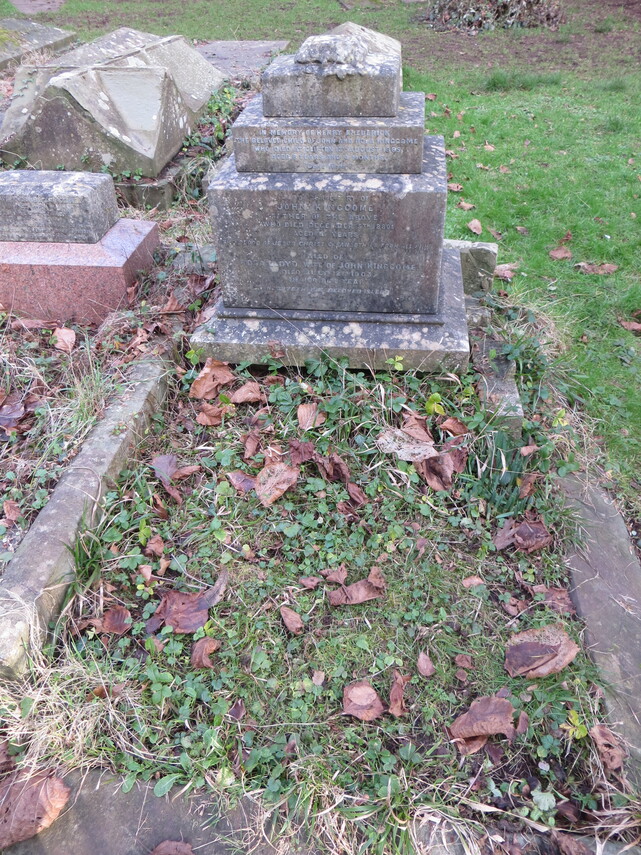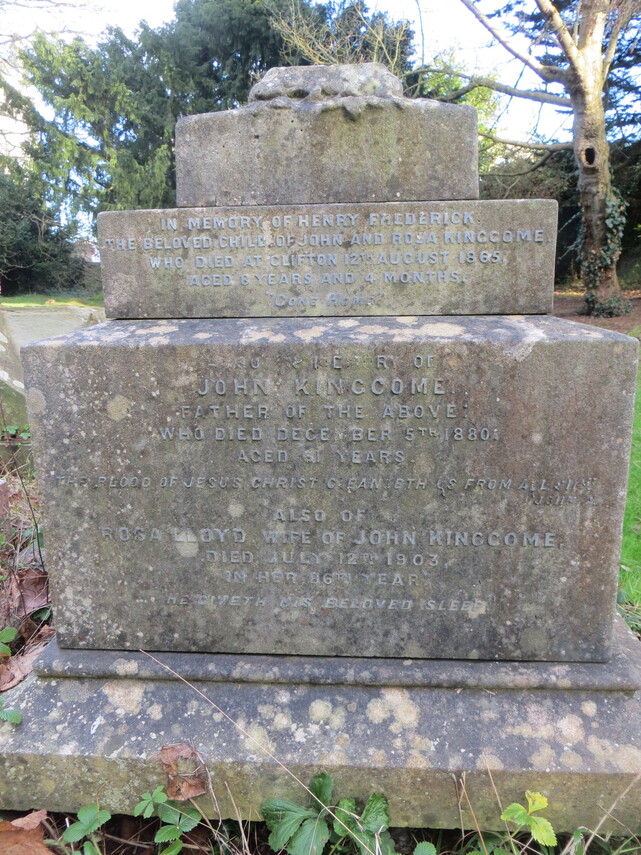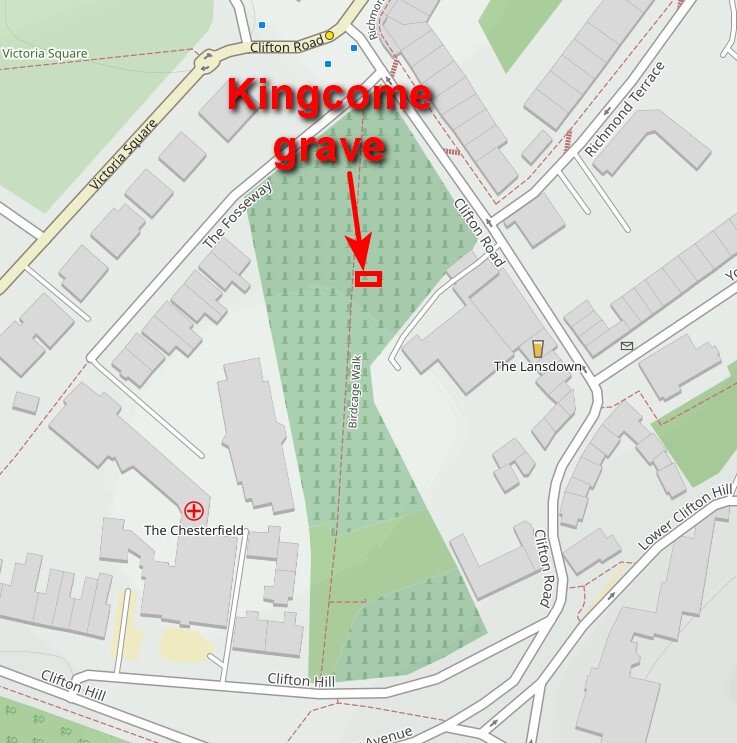By the first half of the nineteenth century, Clifton had become a lively, fashionable resort. “Dowagers young and old,” who according to the Bristol Times, filled the pews of St Andrew’s Church needed “nodding plumes and flowing dresses.” So Regent Street was an ideal place for Henry Grazebrook, an enterprising young draper, to set up shop. By 1841 he was specialising in linen and silk and employing four shop assistants, including Eliza Kingcome, the eldest daughter of his wife’s sister Mary.
Henry’s business expanded during the 1840s and within ten years he had nine assistants in the Regent Street store, who included four of Eliza’s brothers and sisters. In 1854, the youngest brother John Kingcome married Rosa Villiers, a fellow employee, and the couple moved into the property that Henry had recently acquired in Belmont (now Princess Victoria Street). Originally set up as a baby linen outlet, John and Rosa could see that the building had far greater potential and transformed it into a successful millinery shop.
John and Rosa’s move to Belmont marked a shift in the family business dynamics, which had been set in motion the previous year when Henry Grazebrook’s wife Elizabeth died and he announced his intention to marry her niece, Eliza Kingcome.
Although the Marriage Act 1835 prohibited the union between a man and his dead wife’s sister’s daughter, Henry and Eliza were married quietly in Westbury-on-Trym in 1855. To avoid the inevitable scandal, they moved to London, where Henry appears to have used his contacts to trade under the aegis of the East India Company.
In Henry’s absence, John Kingcome took charge of the linen and silk store in Regent Street as well as the Belmont millinery shop, which managed by Rosa, soon expanded into dressmaking. The business prospered and after 1857, when their only son Henry Frederick was born, it became John Kingcome & Son. All was going well until 1865, when tragedy struck. Henry died at just eight years old.
Henry Frederick Kingcome was buried on the east side of St Andrew’s churchyard, close to Birdcage Walk, where his parents commissioned a marble cross on a three tier base to mark his grave. Today, the cross has vanished, but the base remains and also commemorates John and Rosa Kingcome, who died in 1880 and 1903 respectively.
In contrast to other graves across the churchyard, this is not a tribute to the Kingcome’s undoubted worldly success. It is, instead, a heartfelt memorial to their “beloved child”.
Kingcome grave (Campbell 936) from Birdcage Walk. The marble cross originally on top has disappeared.
Kingcome grave (Campbell 936) detail of inscription
Location of grave in the churchyard - the grave is best viewed from Birdcage Walk. Be warned that walking among the crowded gravestones can be muddy and slippy underfoot, with many potential trip hazards.


